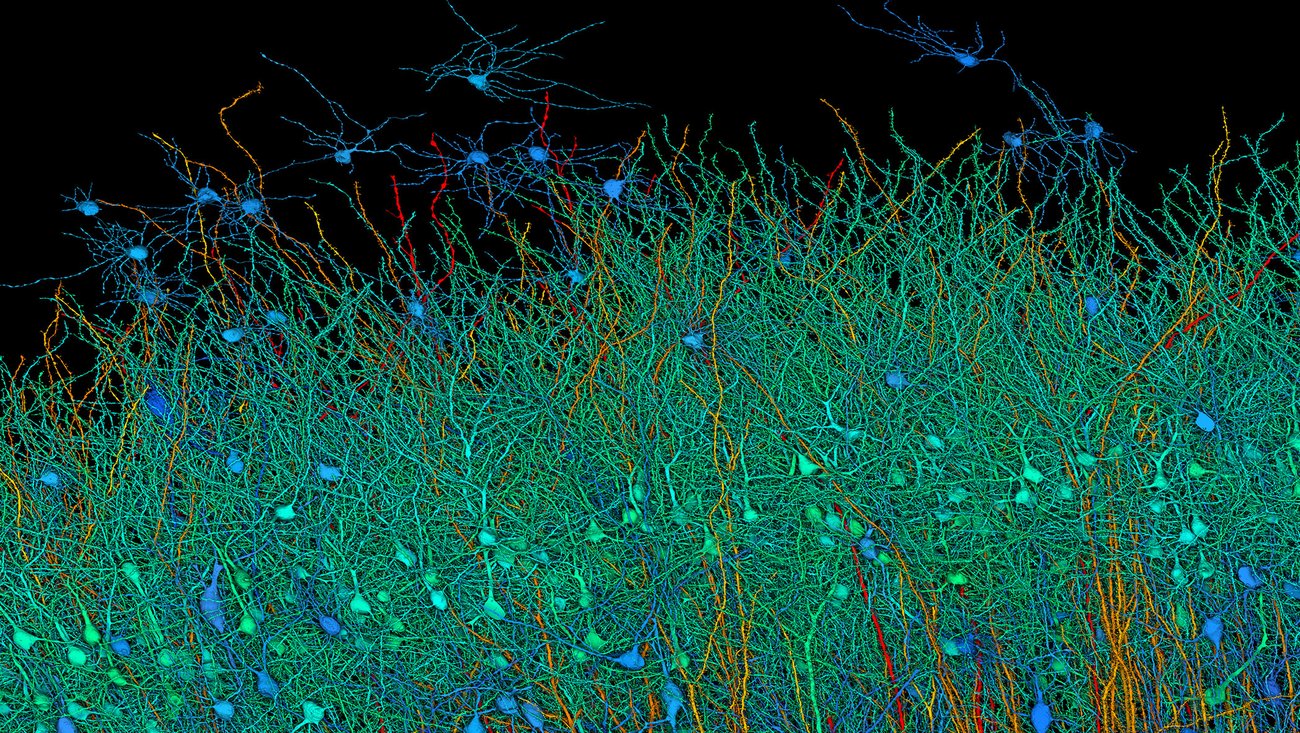In a remarkable collaboration, researchers from Google and Harvard University have created the most detailed 3D map of the human brain to date. This nanoscale map, known as a connectome, covers a tiny section of the brain's temporal lobe, yet contains immense complexity within its one cubic millimeter volume.
To construct this intricate map, the team utilized advanced machine learning algorithms and electron microscopy. They meticulously sliced the brain sample into over 5,000 ultra-thin sections, capturing millions of high-resolution 2D images. These images were then painstakingly stitched together and analyzed to identify neurons, synapses, and other critical structures.
The resulting connectome is a treasure trove of data, requiring 1.4 petabytes of storage. It encompasses tens of thousands of reconstructed neurons, millions of neuron fragments, and a staggering 130 million annotated synapses. This unprecedented level of detail offers researchers an unparalleled window into the brain's complex wiring.
While the mapped region represents just a minuscule fraction of the entire brain, its intricacy is awe-inspiring. The connectome is freely accessible online, allowing scientists worldwide to explore and make groundbreaking discoveries about brain function, development, and disorders.
This monumental achievement marks a significant milestone in neuroscience. It paves the way for future advancements in understanding the brain's mysteries and developing targeted treatments for neurological conditions. As research continues, the collaboration between Google and Harvard promises to unlock even more secrets hidden within the human brain's vast neural networks.


